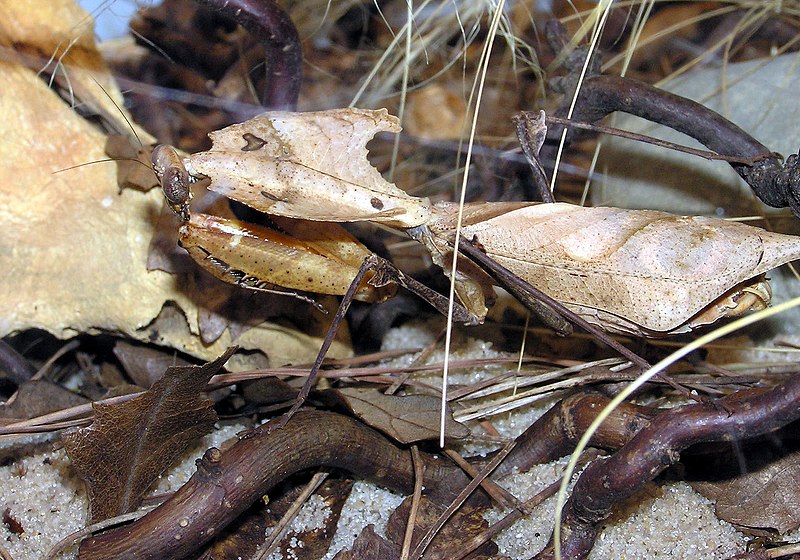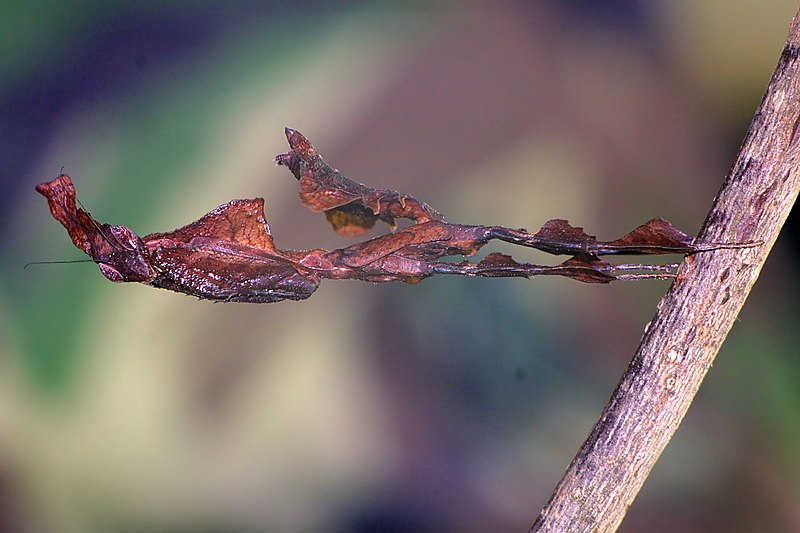This is the first inaugural post from Mantidae, our Collection Manager. Thank you Mantidae for posting!
Hello! This is my
first contribution to the Recent Invertebrates blog! I’m a member of the department but actually a
trained Ornithologist (a biologist who studies birds). Hopefully, I can provide some
non-Entomologist perspective to this blog.
My favorite group of insects has always been the praying
mantis. The name “Praying Mantis” comes from their typical
"prayer-like" posture with folded forelimbs.
 |
|
European Mantis (Mantis
religiosa)
http://en.wikipedia.org/wiki/Mantis_religiosa
|
According a Muslim myth, the praying mantis always prays
facing Mecca. Mantis is a Greek word for “prophet” and has the reputation of
having supernatural power in some cultures.
For example, many Europeans believe that the mantis points lost children
home, and in some African cultures, it is thought to raise the dead.
Praying mantises are the most voracious predators in the
insect world and will devour any creature they can overwhelm, including small
scorpions, lizards, frogs, fish, and even birds and rodents! In the 17th century, Chinese
fighters created a style of Kung Fu (Chinese martial arts) inspired by the praying
mantis that can defeat much larger opponents with the split second timing and
precision.
Praying mantises have forelimbs with the jackknife like
apparatus, and once they grab their prey, there is no chance of escape for the
victim. Their compound eyes are widely
spaced and laterally situated, creating a wide binocular field of vision and,
at close range, precise stereoscopic vision.
They can judge the speed and distance of preys by swaying their head
side by side, computing perfect timing of attack.
There are over 2,400 species of mantids in the world. I was a little bit disappointed when I
learned that they are the most closely related to termites and cockroaches (Eew!).
Who could imagine such beautiful creatures could be related to
cockroaches? You may have only seen
brown or green ordinary-looking praying mantises in the backyard or roadside of
Oklahoma, but it includes species that are incredibly diverse in size, shape,
and color. Some of them are so well
camouflaged in the background, and you may never be able to find them. Here are some of the good examples:
 |
|
Giant Dead Leaf Mantis (Deroplatys
desiccate)
|
 |
|
Orchid Mantis (Hymenopus coronatus)
http://en.wikipedia.org/wiki/Hymenopus_coronatus
|
 |
|
Spiny Flower Mantis (Pseudocreobotra
wahlbergi)
http://en.wikipedia.org/wiki/Pseudocreobotra_wahlbergi
|
 |
|
Ghost Mantis (Phyllocrania
paradoxa) http://en.wikipedia.org/wiki/Phyllocrania_paradoxa
|
If you are lucky enough, you may find egg cases of the praying
mantis in your backyard in late fall or winter (or you can also buy their egg
cases online). When I was in the first
or second grade, I decided to keep a little brown foam-like egg case in the
plastic insect case all the winter. One
day in the following spring, I discovered hundreds of small praying mantises
started to come out of the egg case. You
can imagine how excited I was! Although
I wanted to stay with the baby mantises, I had to go to school that day. When I
came back home in the afternoon, I discovered that the tiny mantises all escaped
from the small slits of the insect case, and I couldn’t find even a single one
of them anywhere in the house. So be
careful if you decide to experience the wonderful birth of baby mantises! The following video shows the life cycle
(from egg to adult) of preying mantis:
Aren’t they just fascinating?


No comments:
Post a Comment